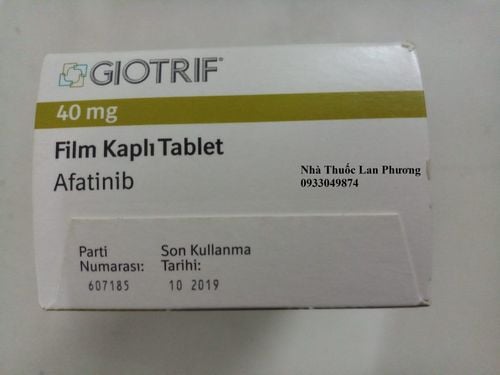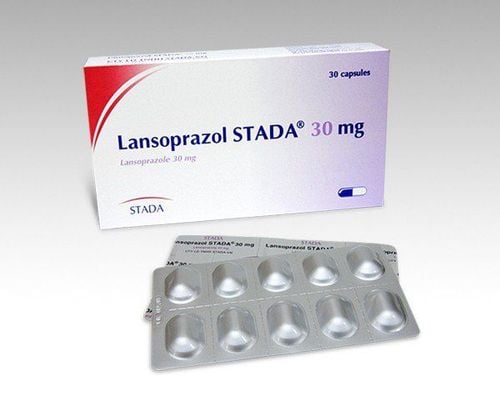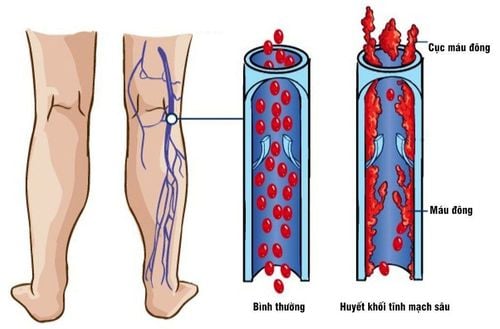This is an automatically translated article.
For cases such as stomach cancer, breast cancer, cervical cancer, etc., there are effective methods in diagnosing early cancer. However, for lung cancer, many cases of early stage disease do not show any symptoms, and there are also many cases where the disease is not detected at an early stage just by looking at X-ray results or clinical tests. conventional cancer screening.Recently, after radiation was discovered to bring patients many unwanted harms, people often use low-dose contrast-injected chest CT scan, for high accuracy in cancer diagnosis. early stage lung. At Vinmec Times City Hospital, this service has been performed in lung cancer screening.
Most patients are diagnosed after visiting a doctor with symptoms such as: Persistent cough, difficulty breathing, wheezing, coughing up blood, frequent chest or shoulder pain, hoarseness or hoarseness, decreased voice unexplained weight loss, poor appetite, or extreme fatigue.

Ho dai dẳng là một triệu chứng điển hình của ung thư phổi
Diagnostic imaging: used to confirm suspected lung cancer and check for advanced cancer To what extent Histopathology: Check biopsy, help identify and guide the best treatment Non-small cell, non-squamous lung cells are tested for the presence of mutations in the EGFR gene or the ALK programmed cell death binding factor (PD-L1) gene. This is a cellular protein that is thought to inhibit tumor growth by the body's immune system. Tumor levels of PD-L1 expression may influence cancer treatment by immunosuppression against PD-L1.













